by Jennifer Kennedy* | October 15th, 2012 | Reproduced by kind permission
Luis Abrego, a Ngäbe boatman, navigates the vast man–made reservoir that now covers four indigenous communities with a sea of murky water and rotting debris. Raising his eyes from the struggle to steer through the dead trees and decaying logs that clank against his boat, Abrego catches sight of an imposing concrete dam. Chan 75 is one of the latest and most controversial projects in Panama’s rapidly expanding portfolio of hydroelectric plants.
In recent years, Panama’s economy has grown exponentially, and lacking domestic oil, the small Central American country has looked to hydroelectricity to fill its increasing energy needs. Hydro power now constitutes approximately 54 percent of Panama’s total energy. By aggressively exploiting Panama’s rivers, the government plans to create more than 80 new hydro projects by 2016.
On July 9, Panamanian President Ricardo Martinelli, formally inaugurated AES Corporation’s Chan 75 (also known as Chan I) hydroelectric dam. Jonathan Farrar, the U.S. ambassador to Panama, heralded the project as an “impressive demonstration of how sustainable development can work in Panama.” Throughout the country, colorful television commercials and catchy radio tunes reiterate AES’s commitment to “social responsibility.” But the displaced Ngäbe who live in the mega project’s wake have a different narrative.
“I was in the house when they started to close the [dam] gates, and they didn’t tell me anything. It surprised all of us,” said Santos Morales, a Ngäbe elder and a former resident of Guayabal. Morales, a thin man with a guarded expression, is one of several people whose homes and land were flooded when AES inundated the area in June 2011. He opposed construction of the dam, but when it became clear that not even international outcry could prevent completion, he tried to negotiate with AES for compensation. When these efforts failed, he and several others remained on their land until the water began to rise.
Carolina Tera, his sister, was also forced to abandon her house. “I have lost everything,” said the defiant elder, as she sat in a family house, several miles from her former home, which is now half submerged in rotting vegetation and stagnant water.
“They [AES] have taken everything from me,” explained Tera in her native Ngäbere language, her voice strong and indignant.
AES in Panama
AES Corporation, a U.S. based power company headquartered in Arlington, Virginia, generates and distributes energy in 27 countries and has a global workforce of approximately 27,000, according to its website. Founded in 1981 by Roger Sant and Dennis Bakke, AES has an annual revenue of $17 billion and manages $45 billion in total assets. It is one of the world’s largest energy companies.
AES began investing in Panama in 1999 with the creation of its subsidiary, AES Panama, and is now the country’s leading U.S. investor. Its five hydroelectric projects produce 35 percent of the nation’s energy.
In 2007, the Panamanian government awarded a concession to AES subsidiary, AES Changuinola, to build Chan 75 – a 233 megawatt dam on the Changuinola River in Bocas del Toro Province, which borders Costa Rica in western Panama. From the outset, affected community members accused AES Changuinola of using coercion, bribery and intimidation.
In March 2008 a group of community members submitted a 25 page petition to the Inter–American Commission of Human Rights (IACHR) detailing the abuses – with the aid of the Alliance for Conservation and Development (ACD), a Panama City–based environmental non–governmental organization (NGO), and Cultural Survival, a U.S. based NGO working for indigenous rights worldwide.
James Anaya, the United Nations Special Rapporteur on the Rights of Indigenous People visited the communities on May 12, 2009. As a result of his November 2009 report, the IACHR asked the government of Panama to order the suspension of construction pending further investigations. The government ignored the request, and the $600 million project was completed in 2011. Chan 75 displaced 1,000 people and 180 Ngäbe families.
The Ngäbe
The Ngäbe, Panama’s largest indigenous group, number approximately 200,000. Some 40 percent live in communal lands, including in territories inside the Palo Seco protected forest, where Chan 75 is located. They have lived a nomadic life in the Changuinola River region of western Panama for thousands of years before Spanish colonization. In the 1960s, owing to land pressures in other parts of Bocas del Toro, Ngäbe families began settling on ancestral land “owned” in common, and never formally demarcated or deeded.
Traditionally, most Ngäbe are subsistence farmers with a strong dependence on the land and a very limited cash economy. Rivers like the Changuinola – used for transportation, fishing, agriculture, and drinking water – are the communities’ lifeblood. After the dam flooded the region, displaced Ngäbe lost both use of the river and some of their best cultivable land.
Eliminating a Community
It has now been more than a year since the inundation, and Tera and Morales still have not reached a compensation agreement with AES-Changuinola. AES, after declining a live interview, sent CorpWatch a fact sheet stating that, “AES Changuinola committed to start filling the reservoir only after all families had left the area.”
AES offered compensation, but the Santos family refused, stating that the proposed settlement did not take into account how long they had cultivated their land, or how it would have sustained them for generations to come.
Morales and Tera say they are also skeptical of AES because it has not kept agreements it negotiated with other family members. “They promised land transport, water transport, and housing, but they haven’t completed any of it,” said Morales. “To this day we haven’t observed any housing constructed in [Guayabal]. They say they’re building it, but it’s completely false.”
AES guaranteed that it would replace the communities – Valle del Rey, Changuinola Arriba, Charco la Pava and Guayabal – that Chan 75 destroyed, and build four new settlements with “dignified” new houses for the displaced. AES Changuinola’s website features a color poster dating from 2008, which illustrates how the new resettlements were supposed to look – including sports areas, schools, and community centers – by the completion date in 2011.
It now appears that AES is constructing three communities, not four. Asked in a September 24 email about the promised construction of Guayabal, Rich Bulger, AES vice president of external communications, wrote that, “as a result of the process, encouraging community participation, some families chose to move to only 3 of those new communities (to clarify, Guayabal included a number of farms and not permanent housing). Others chose to stay at their current houses in the nearby community of Valle Risco.”
In fact, at least 27 families lived in Guayabal, and the Alliance for Conservation and Development refutes the claim that the families decided to live in other communities.
According to community members and ACD, none of the new sites are yet complete. (This reporter was unable to document all the resettlement sites because of security restrictions, but some construction was evident in Charco la Pava, the nearest settlement to the dam itself.)
Contract with Police
The 2008 IACHR petition reported that AES used deception and coercion from 2006, before the concession was granted, to get community members to sell their land: ‘using the prospect of large sums of money and the threat of forced evictions, AES–Changuinola has lured heads of families, many of whom do not speak Spanish or are illiterate into signing documents that purportedly give rights to AES–Changuinola … Many Ngöbe who initially refused to sign contracts with AES were harassed or bullied by the company and state and local government officials into doing so.’
The community began to organize protests in early 2008, with some 300 Ngäbe rallying to block the project’s access road in Charco la Pava. According to IACHR petition, “the peaceful protest was met not only with arrests, but also with police violence.” An article in the Spring 2008 edition of Cultural Survival Quarterly reported that police “broke the nose of a nine year old boy and injured his sister’s arm. They knocked down and sexually humiliated a woman carrying a three year old child on her back.”
In March 2008, AES entered into a contract with the national police. According to a 2008 government communication sent to the UN Special Rapporteur, the contract was established, “to guarantee peace and security in the community and the area of construction.” A November 2010 Cultural Survival report for the Universal Periodic Review Working Group (UPR) reported that, “since [March 2008] policemen hired by AES have illegally restricted movement in and out of the district (confirmed by a study participant in March 2010).”
Today, the police presence is gone but journalists are still restricted from visiting the area. Ngäbe guides helped arrange a covert visit for me on August 6.
On that trip I interviewed three Charco la Pava residents, Macaria Acosta, Luica Sanchez, and Luis Abrego. Acosta sat in the house her family was building, surrounded by construction work, and perched high on a hill backed by forest and overlooking the reservoir. “We are waiting on the money that [AES] promised us, but we haven’t received anything, and I don’t know what to do,” she said.
Negotiating in Bad Faith
Lucia Sanchez, another Charco resident, told CorpWatch how Samuel Carpintero, a Ngäbe lawyer, convinced her in 2008 to negotiate with AES. “He promised he was going to help us, and make life easier… but it hasn’t been easier,” she said. “I don’t have any food, a house; we don’t have good bathrooms. We don’t have anything.”
Carpintero – who previously participated in the United Nations Indigenous Fellowship Program – lived and worked in the area from about April 2008 to November 2009, according to Osvaldo Jordan, director of ACD. During this time Jordan claimed that a “change” took place, and in November 2009, leaders from Charco, Valle del Rey, and Changuinola Arriba, who had been initially against the project, signed agreements with AES.
These leaders, according to AES’s fact sheet, represent their communities at a “High Level Commission” created in August 2009, “to address the requests related to the resettlement process made by the communities near the Changuinola hydro project.”
However, Luis Abrego, like others I spoke to, claimed that AES is negotiating with leaders who do not represent all those affected.
According to a 2009 shadow report that ACD submitted to the United Nations Committee of the Elimination of Racial Discrimination, “instead of conducting open meetings with the communities according to Ngäbe customs, government officials and AES representatives have been conducting backroom negotiations with a reduced number of community representatives.”
In July 2010, Charco community leaders, who had signed accords with AES in 2009, registered a Panamanian company, the Ngäbe Lake Development and Environment (DANG). Carpintero is listed as a DANG subscriber – someone who has an agreement to purchase stock in a privately held corporation.
AES contracted DANG to build the resettlement communities and clean up the reservoir. However, there are allegations, based on dozens of testimonies collected by ACD, that DANG on AES’s behalf, is acting as a security force and that,“[DANG] have intimidated people, they’ve detained people, they’ve threatened people, and they destroyed farms.”
Acosta and Sanchez both charged that DANG has intimidated them. Indeed, on my first visit to Charco la Pava, June 30, a DANG worker escorted me to the house of Rafael Abrego, a community leader and a DANG director. Abrego angrily explained that it was his job to liaise with the government and AES before allowing any visitors into Charco la Pava. After detaining me for 30 minutes, he made me delete my photos of the area and ordered me to leave. When I quietly returned to the town in August the mood in Acosta’s house was somber, and one of the women said that DANG had threatened to withhold her compensation if she spoke to journalists.
Acosta said that DANG has her AES contract and she herself has no copy. “[AES] says that we’re living well, that we don’t need anything, but it’s a lie. It’s a pure lie.” Looking around nervously, Sanchez added that DANG told her “that ‘if anybody arrives here, tell them you’re well.’ But it’s all a lie.”
CorpWatch emailed a series of questions to AES about compensation, the corporation’s relationship with DANG, the role of Samuel Carpintero, and community members’ charges of intimidation of. AES has so far failed to address these questions.
The Reality Behind the Posters
The Becker family, one of the hundreds of Ngäbe whose land was destroyed by Chan 75, owned a substantial area of land in Charco la Pava where AES wanted to build the dam wall. The Becker family’s plight, detailed in the 2008 IACHR petition, was widely publicized by Cultural Survival.
In January 2007 AES was eager to begin construction. According to Isabel Becker, a widow in her 60s and the head of her family, AES flew her 620 miles to Panama City. Becker claims that she was held for several hours in an office until she signed a document, in Spanish. A Ngäbere speaker, she says she did not understand that she was signing a contract to sell AES her family’s land.
In October 2007, despite subsequent attempts to nullify the contract, the family claims that after months of pressure, they were relocated to nine new homes in Finca 4, a suburb of the city of Changuinola, an hour drive from Charco la Pava.
The Becker family features prominently in AES’s public relations campaign as “emblematic” examples of the company’s “participative resettlement program.”
Sitting in Becker’s concrete bungalow, Valencio Miranda translates for his grandmother. “The company said if you do not get out of here, we will bring the police, and they’ll throw you in jail.” Miranda explains: “That’s why my grandmother left. She was afraid. She cried, she cried, she shed tears for that land there.”
On AES Changuinola’s website, an advertisement from 2007 proclaims that Becker’s new house – and those for other family members – “will be better and more spacious.”
But the house that AES provided for his mother, Julia Castillo Miranda, was cramped and had no indoor toilet facilities or water. Miranda pointed to a partition wall that his mother paid for it in order to separate the rooms.
“There are no rooms where I can sleep. I sleep outside like a pig,” he said, crammed together with most of the 20 family members who live there.
Miranda told CorpWatch that since leaving Charco, life has been harder. He has no land to work, and despite AES’s promises to provide work, he is still unemployed.
“We cannot continue like this. Here we can go hungry for two days, sometimes one week. We have no money to buy anything. We need money to buy food.”
AES declined to comment on the allegation that families like the Beckers were “forced” to resettle.
Failure of Compensation Program
To date, the exact number of uncompensated or under compensated Ngäbe affected by Chan 75 is unknown. Pedro Abrego, a Ngäbe lawyer who has worked with the affected communities, said he was aware of at least 40 people who have received nothing from AES, along with another 100 who got only partial reparations. Jordan of ACD said that he believed that the majority of people who have signed agreements are still waiting. A special work group with UN participation is expected to give an updated number in a forthcoming review.
Others noted that the compensation provided so far will not support their families in the long term.
For example, AES claims in its fact sheet that it has developed a “farm improvement program,” but community members say AES has provided no new land, or pushed them into uncultivable or inaccessible areas boxed in by AES holdings. “The Ngäbe are trapped between the land that was flooded and the land that is forbidden,” explained Jordan. “If [AES] wanted to, they could have turned the Ngäbe from subsistence farmers into wage laborers for a post project phase. But they didn’t care.”
According to its website, AES Changuinola has also provided vocational training courses in masonry and carpentry, to more than 800 impacted community members. But Pedro Abrego claims that fewer than 100 attended the limited sessions, which failed, in any case, to provide sufficient training.
AES declined to comment on questions posed by CorpWatch regarding the effectiveness of its “farm improvement program,” and vocational training sessions.
“[Before] we didn’t lack for anything but [AES] has created a disaster,” said Morales.
Breaking the Ngäbe
Far upstream, beyond the point where the reservoir meets the Changuinola river, Luis Abrego, our Ngäbe guide, moors the boat. On the opposite bank, a group of Ngäbe from a neighboring community are washing clothes, their children bathing in the clear water. There are plans to build more dams in the area, one of which will displace these people, too, explains Abrego. He looks toward the river as it flows downstream, crashing over boulders, rushing past verdant trees until it ceases, finally merging with the silent expanse of the reservoir.
“We want to say that the company has broken everything. It has broken the Ngäbe … psychologically and physically. It has broken us.”
Some of the names in this article have been changed to ensure anonymity
Jennifer is a freelance journalist writing about human rights, hydroelectric development, the extractive industries and corporate malfeasance in Latin America, Africa and the UK.
jenniferjkennedy.com
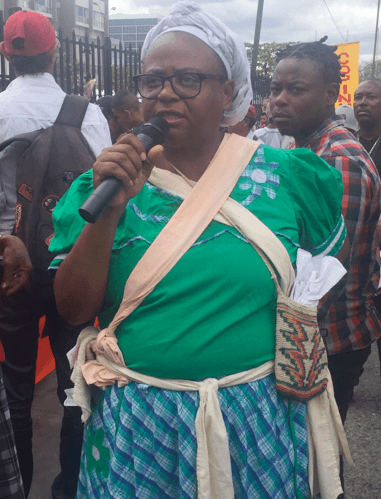
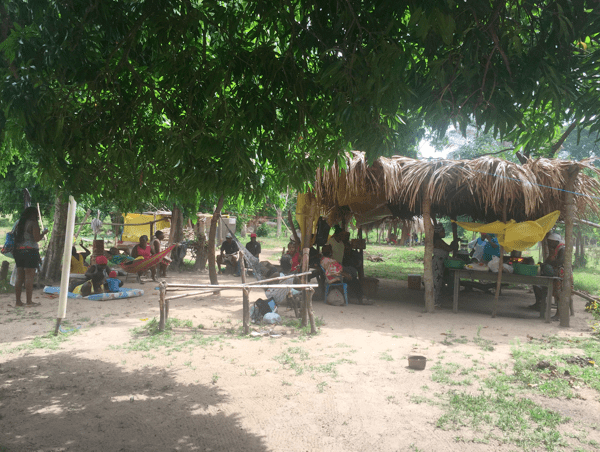
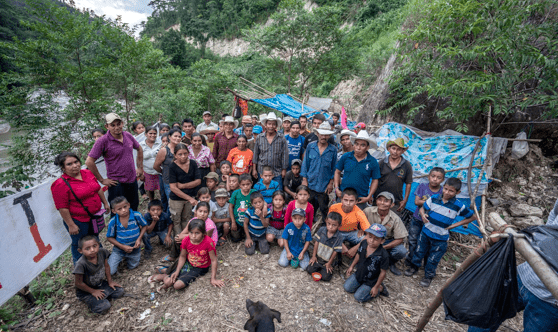
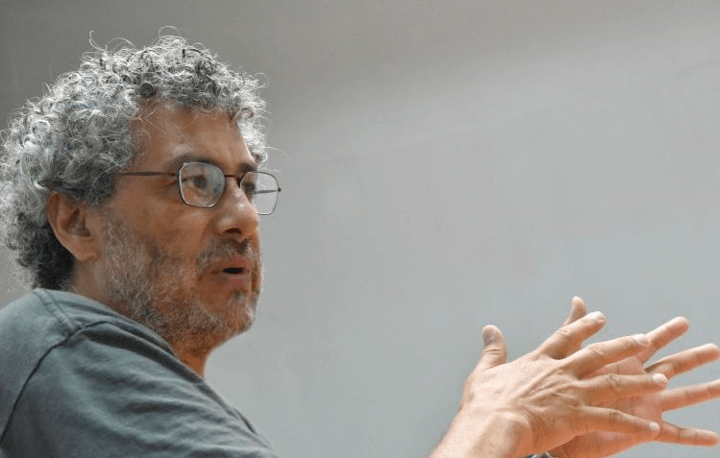
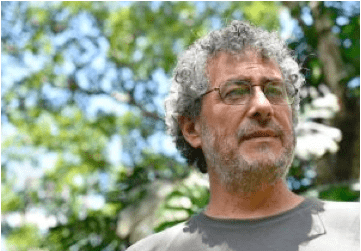 Even when they produced an artist’s impression, the artist drew another person.
Even when they produced an artist’s impression, the artist drew another person.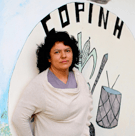
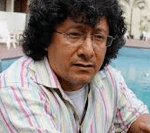
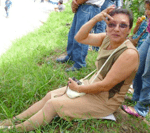
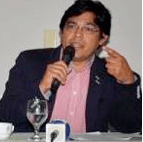
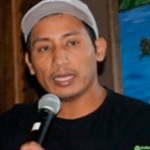
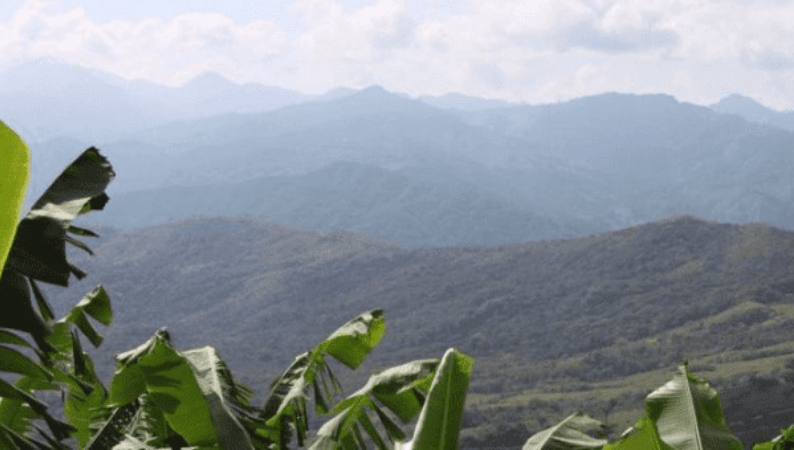
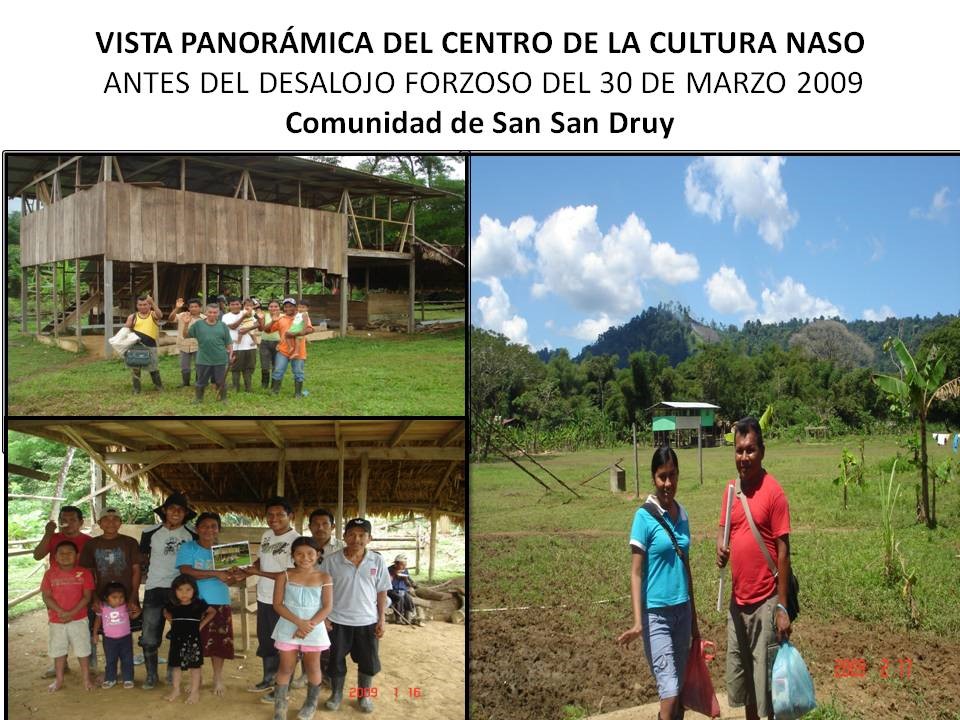
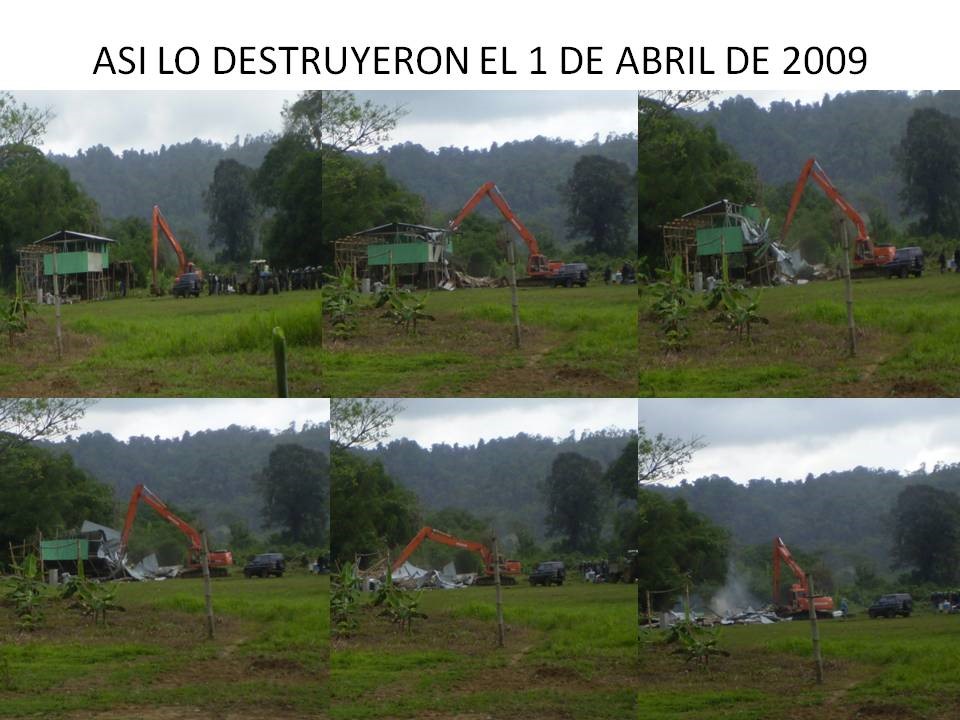
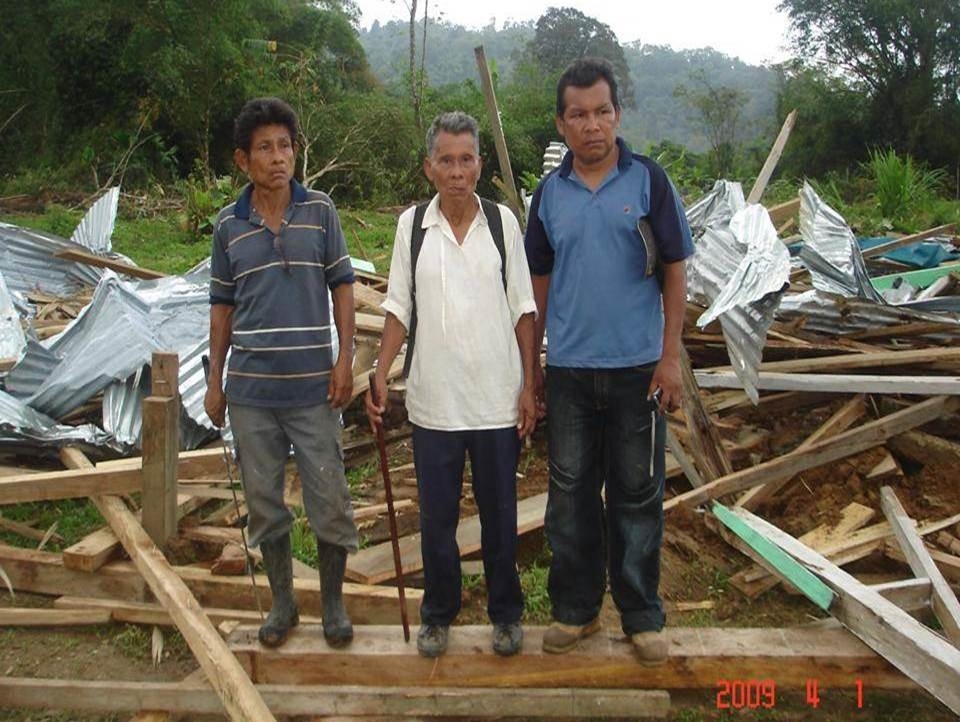
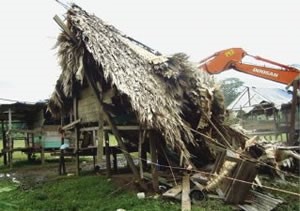
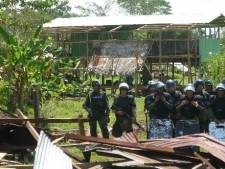
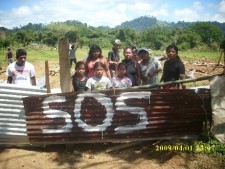
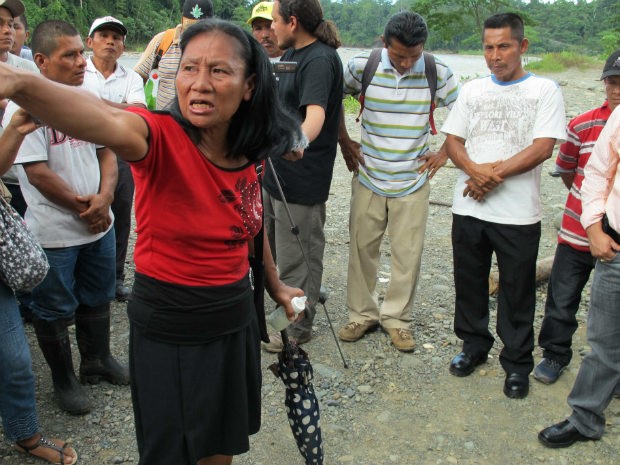
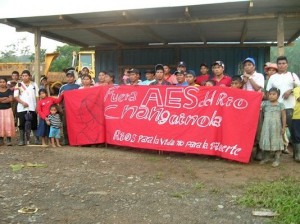 The Commission’s decision was the result of a petition filed last year by the Ngöbe after AES-Changuinola began bulldozing houses and farming plots. When the Ngöbe protested the destruction of their homes, the government sent in riot police who beat and arrested villagers, including women and children, and then set up a permanent cordon around the community to prevent anyone from entering the area. In addition to threatening the community, the dam will irreversibly harm the nearby La Amistad UN Biosphere Reserve.
The Commission’s decision was the result of a petition filed last year by the Ngöbe after AES-Changuinola began bulldozing houses and farming plots. When the Ngöbe protested the destruction of their homes, the government sent in riot police who beat and arrested villagers, including women and children, and then set up a permanent cordon around the community to prevent anyone from entering the area. In addition to threatening the community, the dam will irreversibly harm the nearby La Amistad UN Biosphere Reserve.